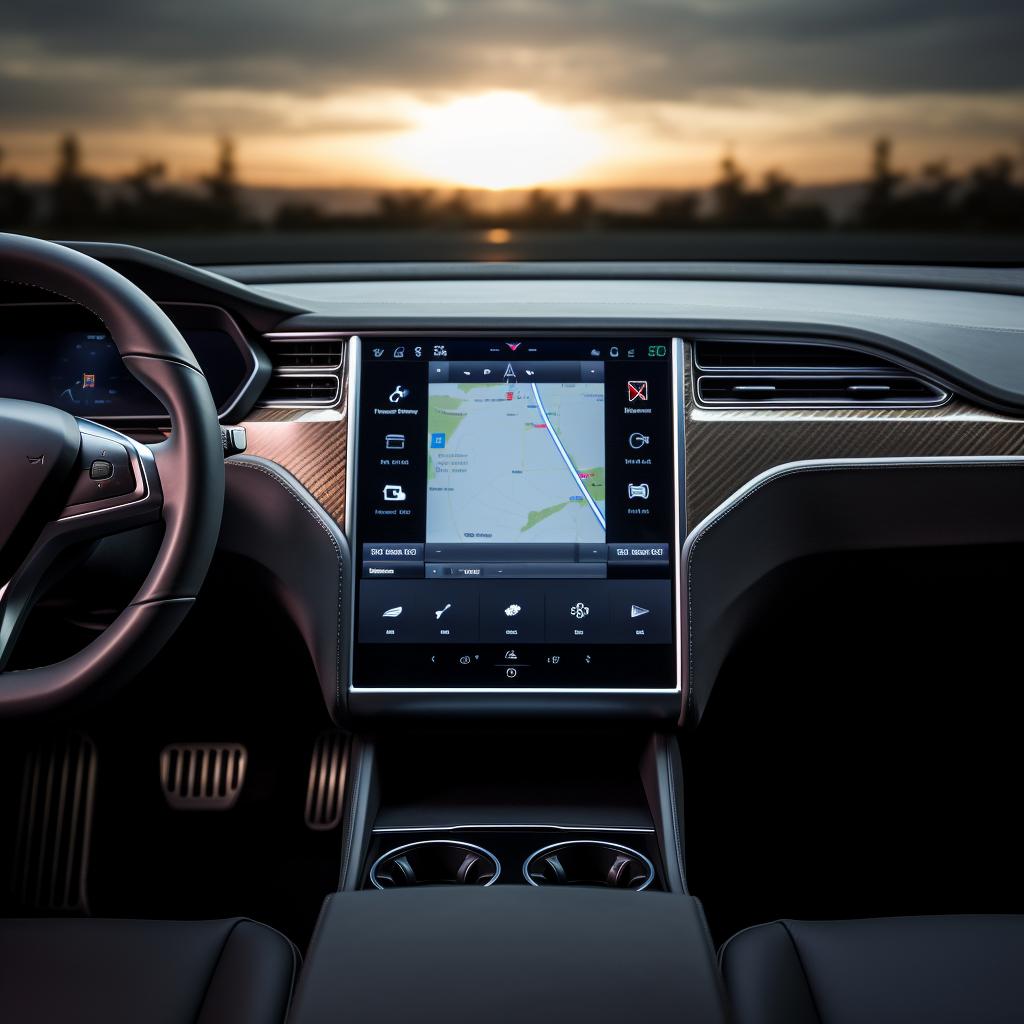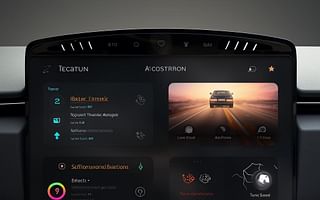🚀 Step-by-Step Guide to Installing Linux on a Tesla 🖥️
Ever wondered what it would be like to have a Linux Operating System on your Tesla? Well, you're not alone. Many Tesla owners and tech enthusiasts are exploring this possibility, and we're here to guide you through the process. This step-by-step guide will help you install Linux on your Tesla, transforming your in-car experience.
Before you dive in, it's important to understand that this process requires a certain level of technical knowledge. You'll need to be comfortable with disassembling parts of your car's interior and working with Linux systems. But don't worry, we'll be with you every step of the way.
Firstly, you'll need to connect to Tesla's internal network. This involves gaining physical access to the vehicle's internal hardware, which might require you to disassemble parts of the car's interior. If you need more guidance on how to do this, check out our article on Inside Your Tesla: How to Open Doors from Inside and Other Tips.
Once you're connected, you'll need to access the Tesla's existing operating system, which is a customized version of Linux. If you're new to Linux, we recommend reading our FAQ on Crucial Tips for Beginners Starting with Linux to get up to speed.
With access to the operating system, you can now install your preferred Linux distribution. Remember to back up any important data beforehand. If you're unsure which Linux distribution to choose, our Arch Linux Installation Guide might be a good starting point.
Finally, you'll need to configure the new operating system to work with the Tesla's hardware. This part can be tricky and may require advanced knowledge of Linux systems. If you need help, our FAQ on Recommended Ways to Learn Coding in Linux can provide some useful resources.
Installing Linux on your Tesla is a unique project that can enhance your Tesla experience. Remember, this guide is just a starting point. Always ensure you're comfortable with the steps involved and seek professional help if needed. Happy driving - and coding!







